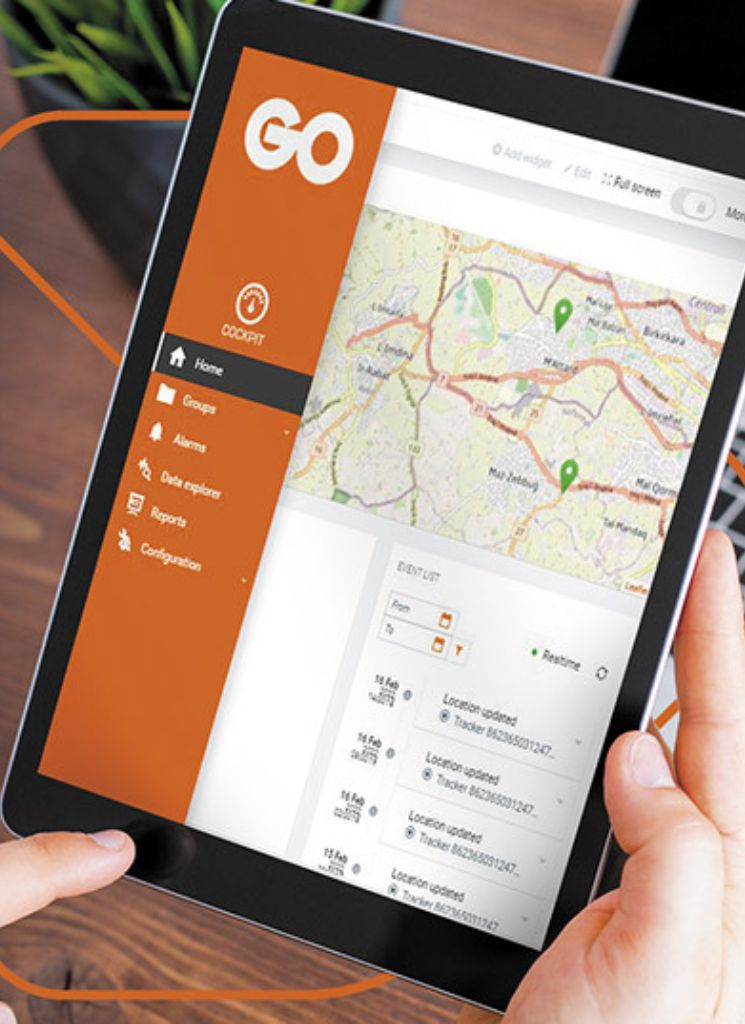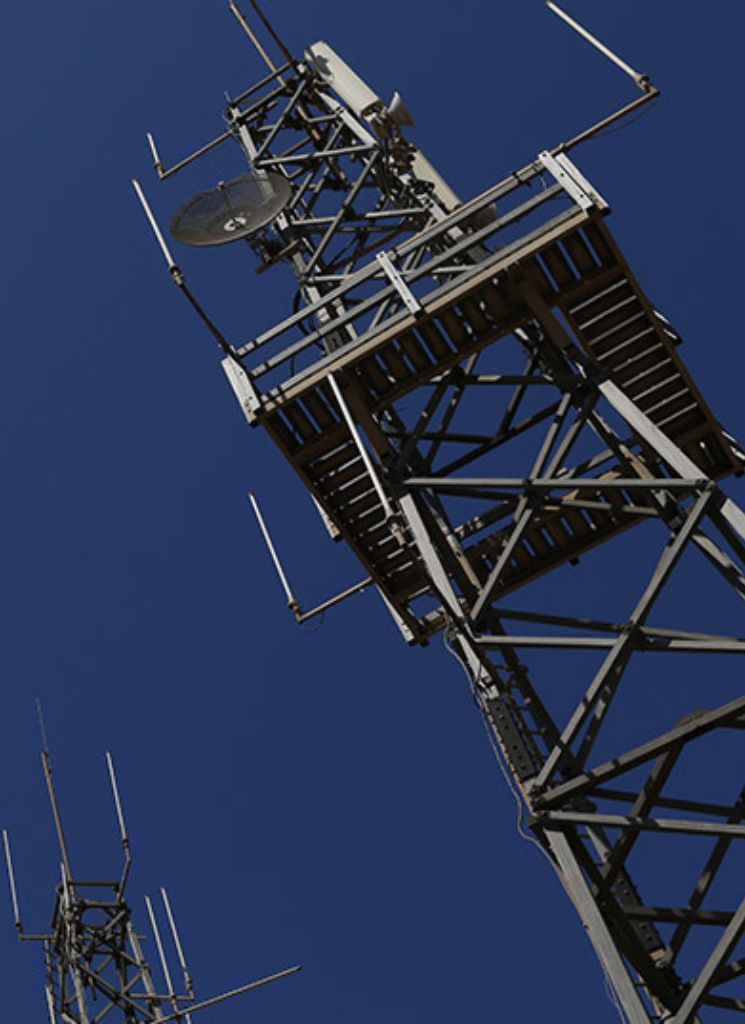Internet
Mobile
Voice
Security
TV
Enterprise
IoT
22nd May, 2020
Over the past couple of months, we’ve all been reliant on digital services more than ever before. Whether it’s for working remotely, speaking to our friends and family, or even catching up on the latest TV shows—we’re all at home more often, and we’re in almost constant need of an internet connection.
But this rise in demand isn’t without its consequences. The new level of traffic on bandwidth-hungry platforms like YouTube, Netflix, Zoom and Facebook is putting huge stress on network infrastructure, and it doesn’t show any signs of slowing.
Internet service providers have reported record-breaking peaks in demand, with large-scale providers like Verizon reporting a 34% increase in VPN traffic, and Vodafone reporting a 50% increase in internet usage in certain European countries.
And we’ve seen the impact on our network too. In the past 11 weeks, we’ve seen data usage on our fixed access network rise by 20%, our Plug’n’GO service rise by 45%, and International Bandwidth rise by a massive 47%.
Plus, despite the majority of the population working from home, we’ve only seen a minor reduction in business connections due to employees still connecting to office servers and remote working platforms.
But we’re putting measures in place to ensure our customers can connect to the services they need—and we’re seeing companies across the world adapt too.
Adapting to peaks in demand
We’ve already seen large-scale outages from certain telecommunications companies and digital service providers, such as the Microsoft Teams outage in mid-March. But in general, most companies are quickly responding to the new levels of traffic.
Many media-service providers are putting new measurements in place. Over the past month, we’ve seen Netflix and YouTube reduce their streaming quality to lower bandwidth usage, as well Microsoft’s Xbox recommend gaming companies restrict online updates to off-peak hours. In addition, Zoom is actively working on scaling its infrastructure to increase its bandwidth after seeing new levels of popularity over the past few weeks.
And we’re seeing telecommunications companies making big changes too—from expanding infrastructure to adjusting bandwidth allocation for certain services.
How we’re maintaining our reliable service
At GO Business, we’re always monitoring our network to ensure we’re prepared for spikes in traffic, regardless of global disruption. Whether it’s a new TV show that’s being released or a major news event that’s occurred, there’s a multitude of reasons telecommunications companies might see a spike in traffic.
In addition, we always make upgrades to our infrastructure whenever we reach 60% capacity—to ensure our customers never notice a difference in their service. And with popular bandwidth-hungry services like Netflix, Google and Facebook cached in our data centres, we’re not reliant on international bandwidth for a significant volume of traffic.
We’re also working closely with businesses that are experiencing new bandwidth challenges. From deploying our Plug’n’Go solution to offer fast, out-of-the-box internet, to setting up our Speedboost service for businesses that want the backup of our mobile network to improve slower performing connections—we’re helping businesses keep their teams connected.
We’re here to help
The global disruption caused by COVID-19 has created a huge learning curve for every business, including internet and media service providers. And it’s likely that we won’t return to normal levels of traffic anytime soon.
But we’re still here to help. Whatever challenges you’re facing, our team of highly experiences experts are on-hand to offer their bespoke support.
If you need support keeping your team connected, please get in touch and we’ll do everything we can to help.











